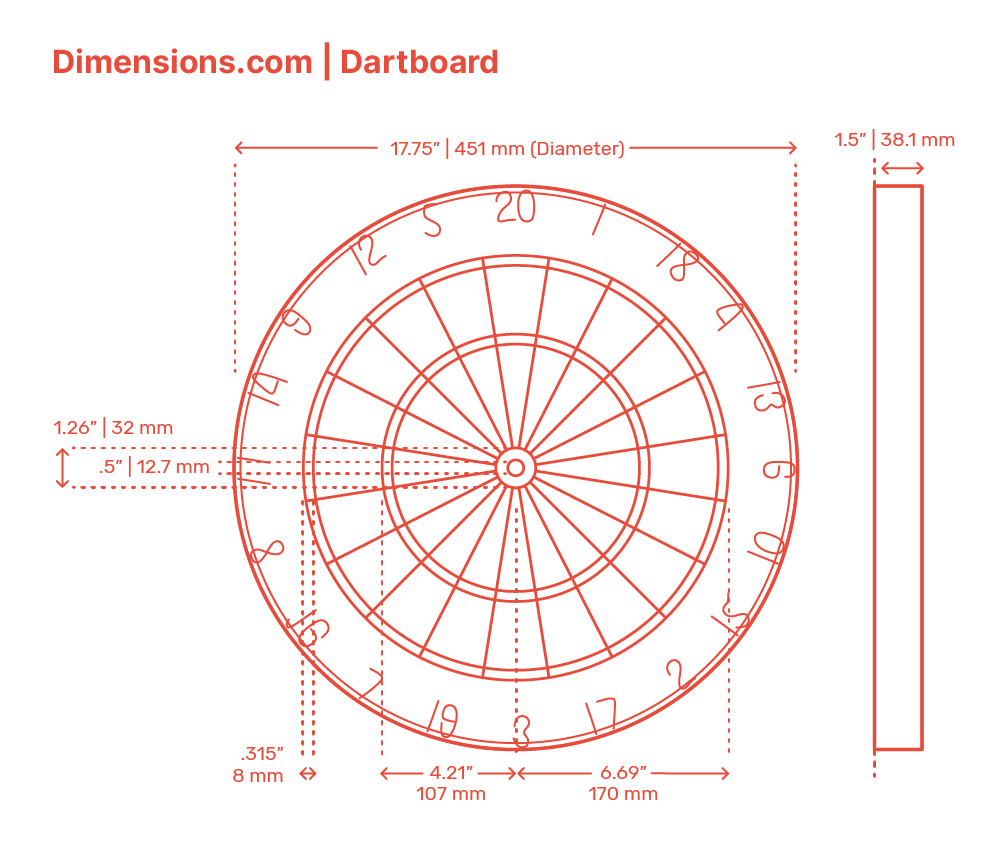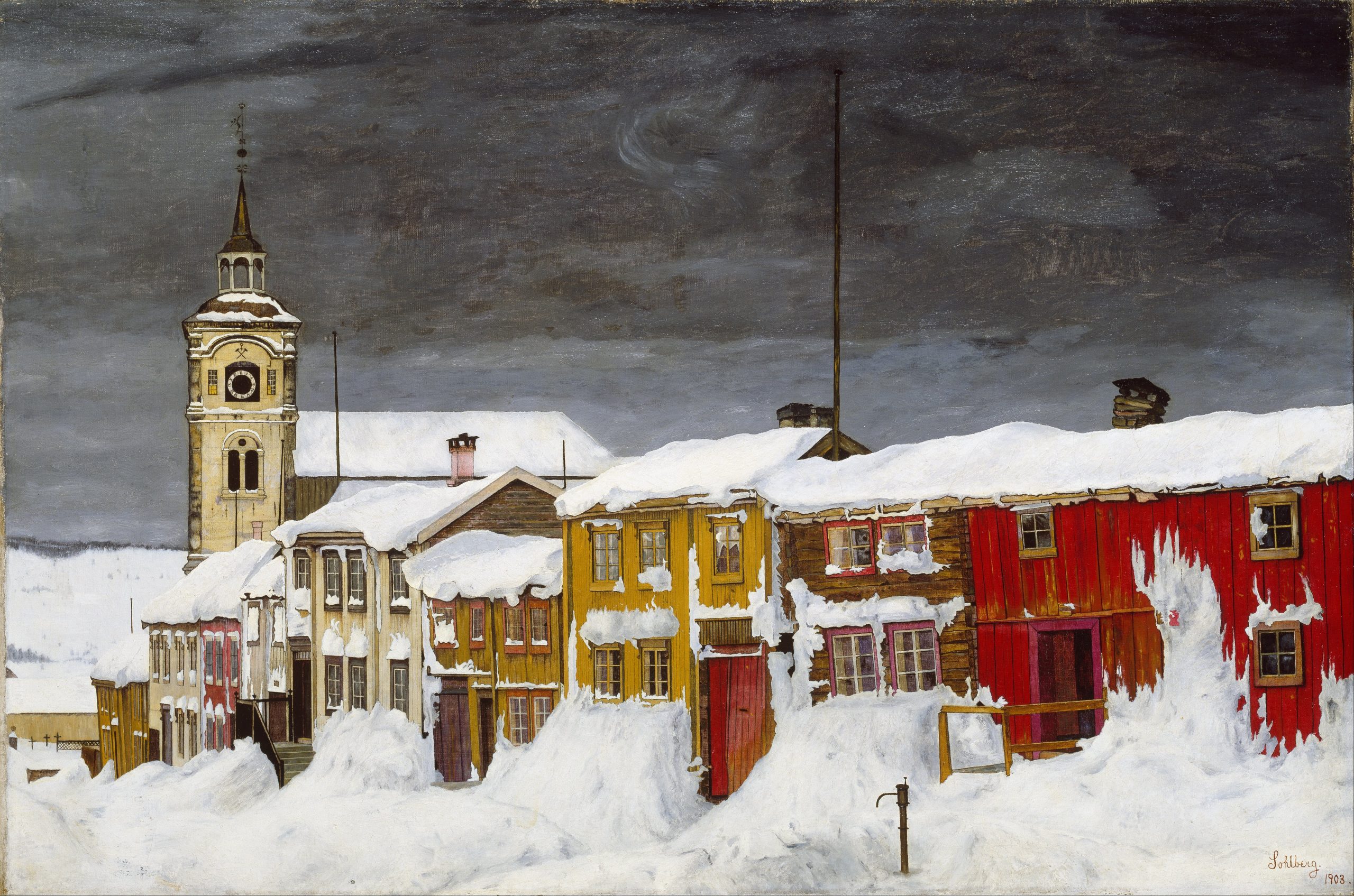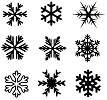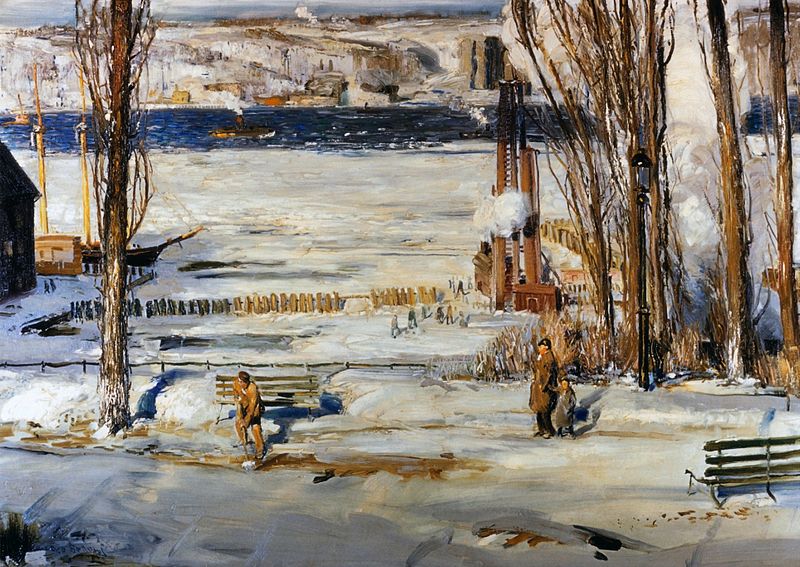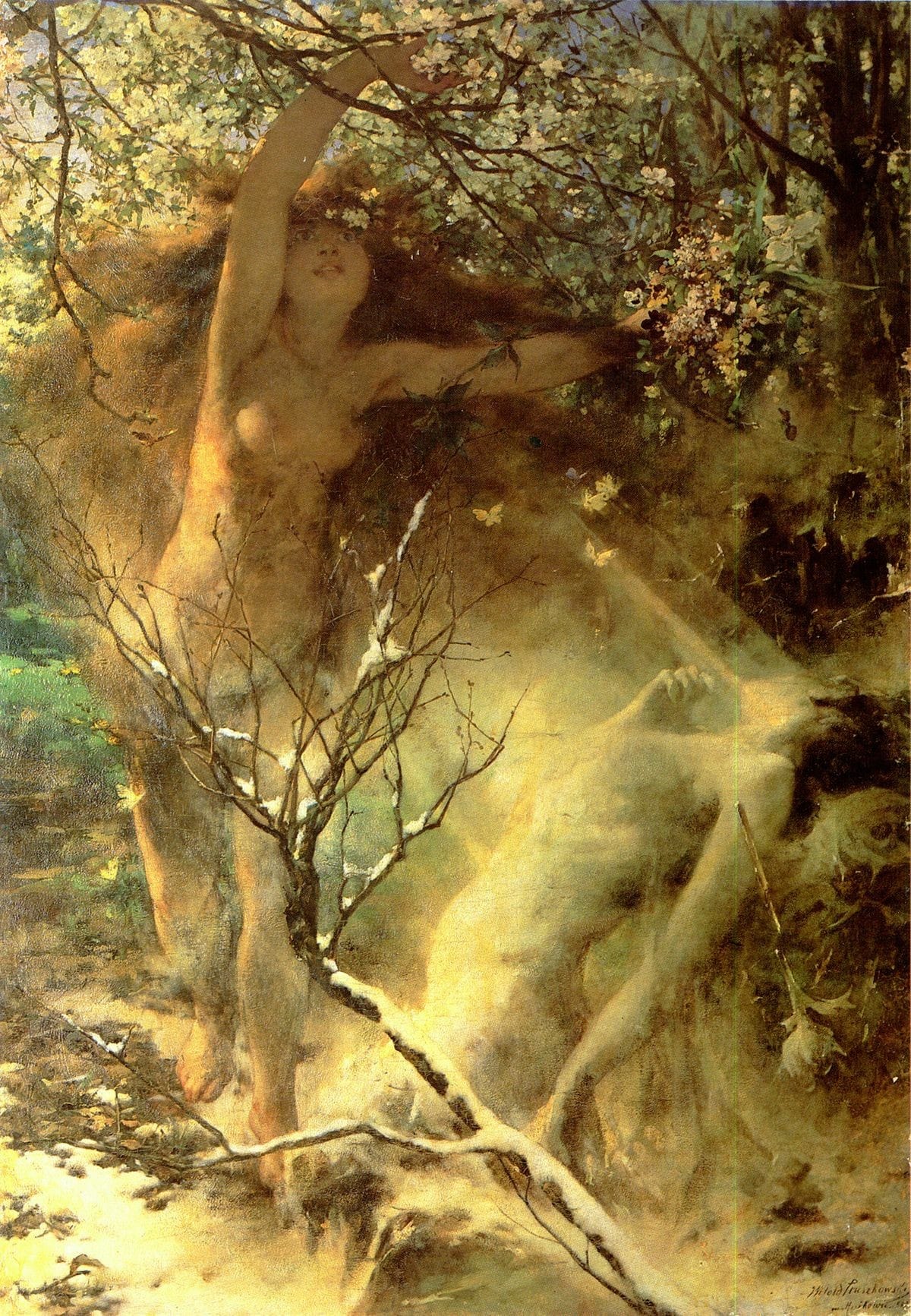Standard stitch work – standards for men’s clothing sizes trace back to the Civil War, but no one even attempted to fix the sizes for women until almost a century later, when they called on NIST. #NYFW pic.twitter.com/dFQVGknU3w
— National Institute of Standards and Technology (@NIST) February 13, 2021
Tag Archives: February
- Home
- Posts tagged "February" (Page 5)

Stitches, Seams & Stitching
Heat Tracing
The National Electrical Contractors Association best practice catalog features a suite of titles (National Electrical Installation Standards to meet the intent of the National Electrical Code (NEC); particularly where the NEC asserts that an installation be constructed in a “neat and workmanlike manner”. As anyone who has had to reckon with the subjectivity of the local electrical inspector knows, the determination of “neat and workmanlike” can be mighty subjective. The NECA documents are used by construction owners, specifiers, contractors and electricians to clearly illustrate the performance and workmanship standards essential for different types of electrical construction. Because the NEC is intended to be primarily a wiring safety standard, the NEIS suite is referenced throughout the National Electrical Code. Electrical shop foremen and front line electricians take note.
NECA Standards and Publication Development Home Page
One of the NECA products that may be of interest to facility managers and risk management units in the education industry this time of year is NECA 202-2013 Standard for Installing and Maintaining Industrial Heat Tracing Systems. About half of the United States deals with snow and ice half the year.
NECA 202 details procedures for the installation, testing, and documentation of electrical freeze protection and process heat tracing systems. Heat tracing cable types covered by this publication include: self-regulating, constant wattage, and zone heating cables and mineral insulated heating cables. 2 is approved as an American National Standard. The 2013 edition is the current edition and will likely need revisiting/revision/reaffirmation as an American national standard soon.
The technical literature that keeps pipes breaking and roofs failing is complicated space. A common conundrum in the construction industry is which discipline (architectural, mechanical or electrical) should specify application of this technology; especially in value-engineering negotiations when each discipline is trying to reduce its unit costs. Control and communication system add another layer of complexity. Several consensus standards occupy this technology; cross referencing one another and leaving gaps
ASCE 7-10 Snow Load Provisions
UL 515 Standard for Electrical Resistance Trace Heating for Commercial Applications
IEC 62395 Electrical resistance trace heating systems for industrial and commercial applications
National Electrical Code Article 427
There are codes and standards developed by ASTM International, the International Code Council and ASHRAE International that set the standard of care for pipe insulation for energy conservation purposes but we will deal with the interdependence of standard of care set by those documents in a separate post. Organizations such as FM Global typically derive their customer recommendations from consensus standards developers.
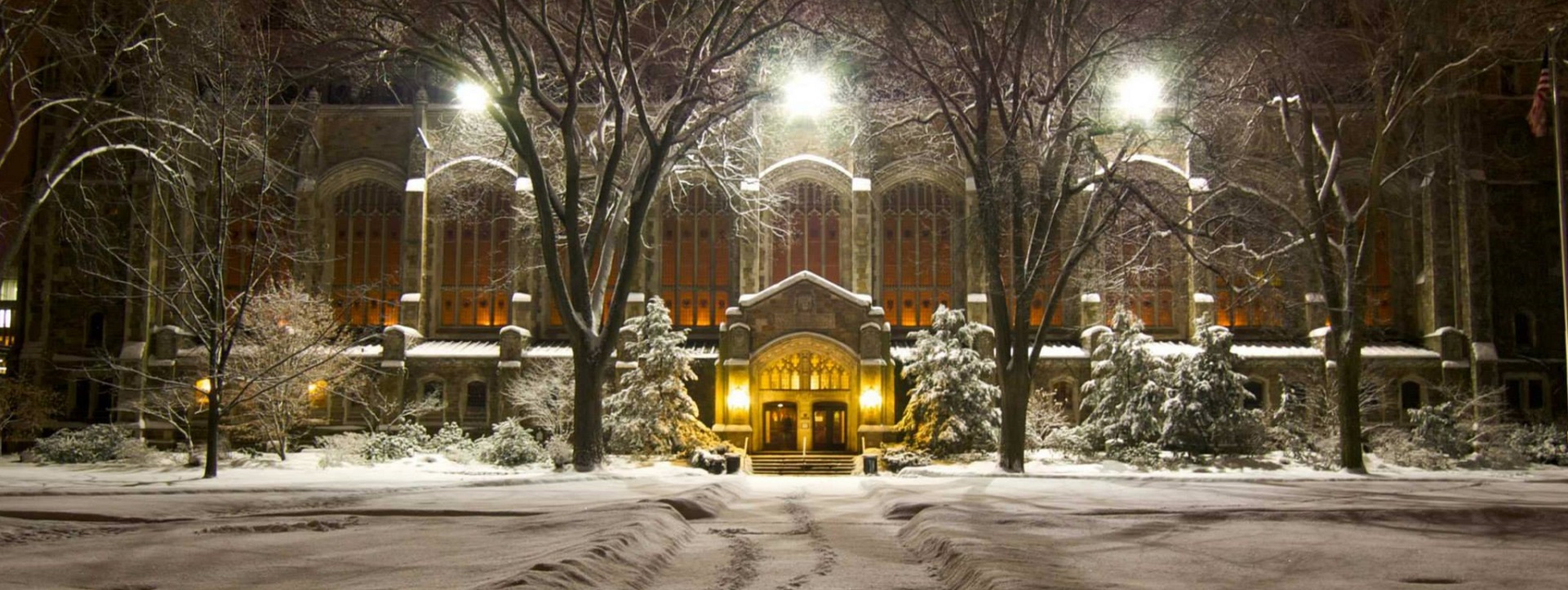
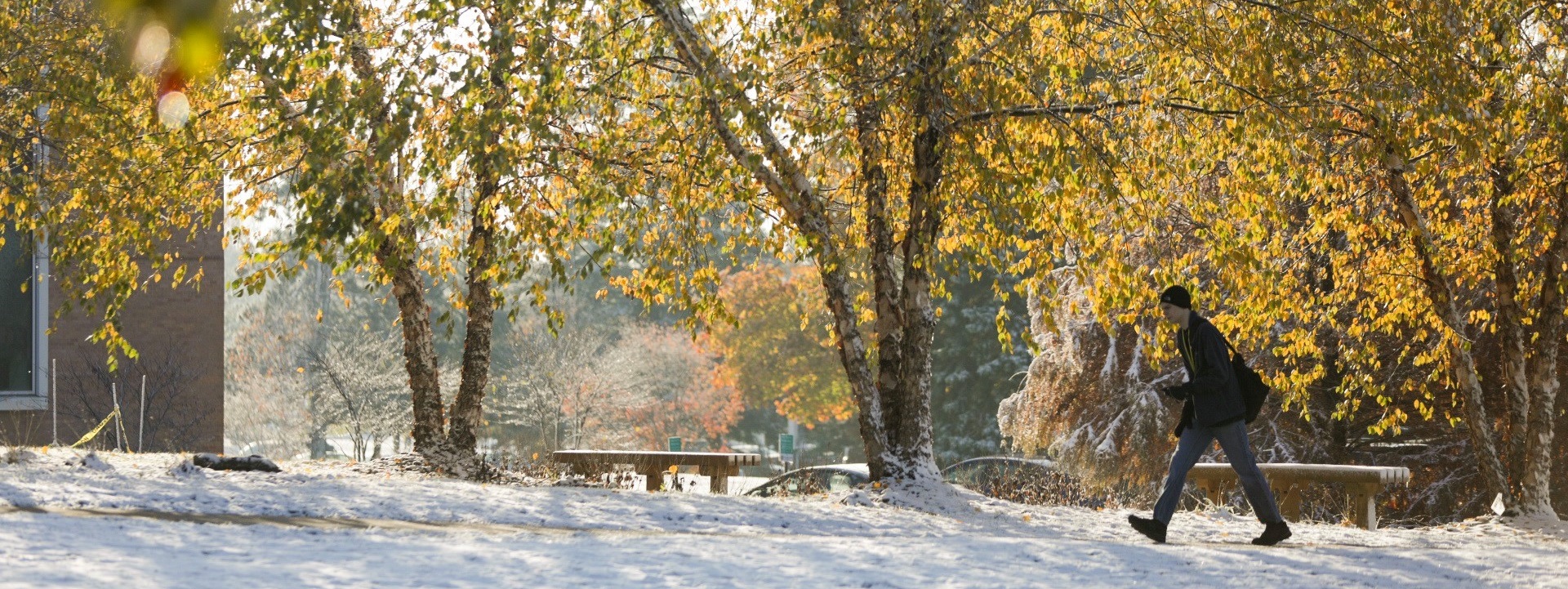
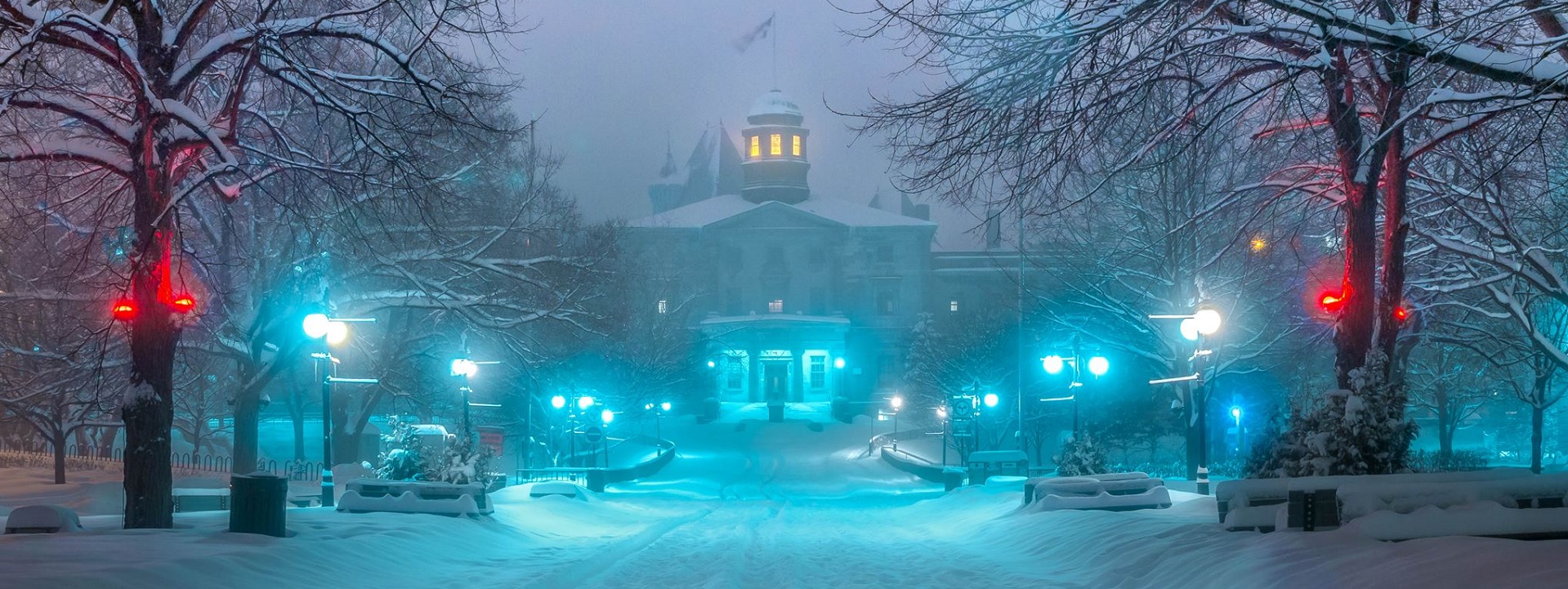
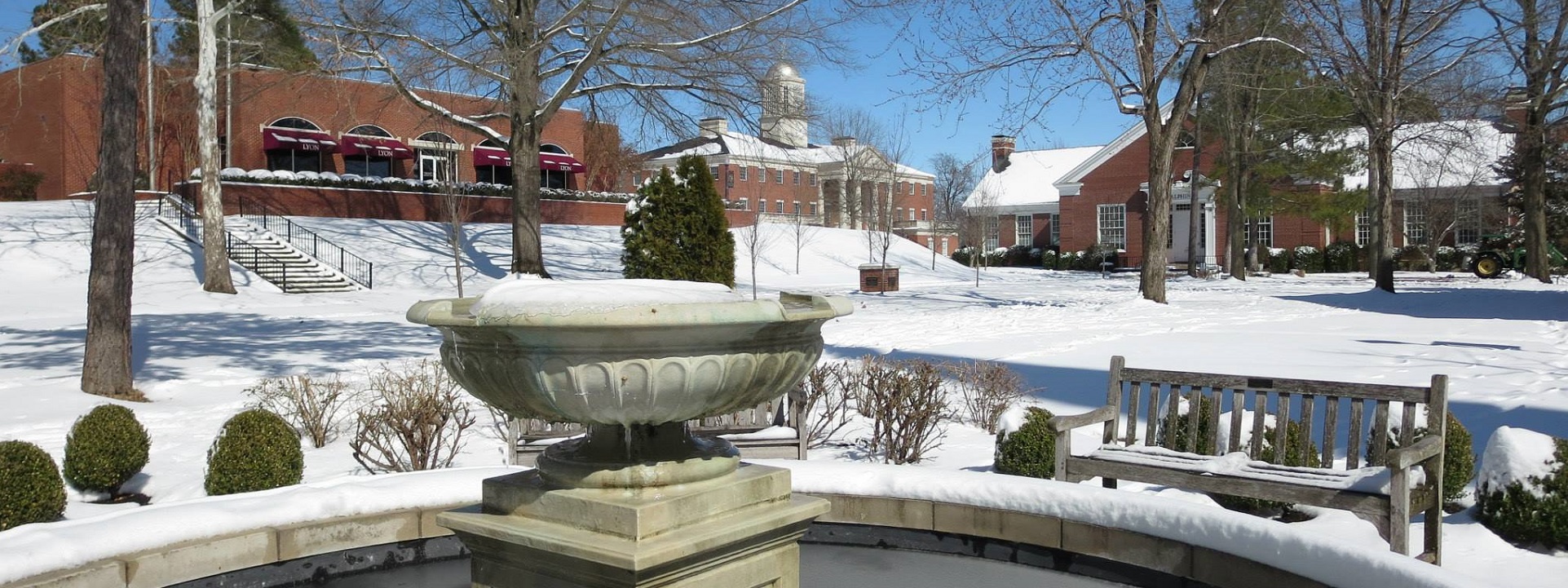
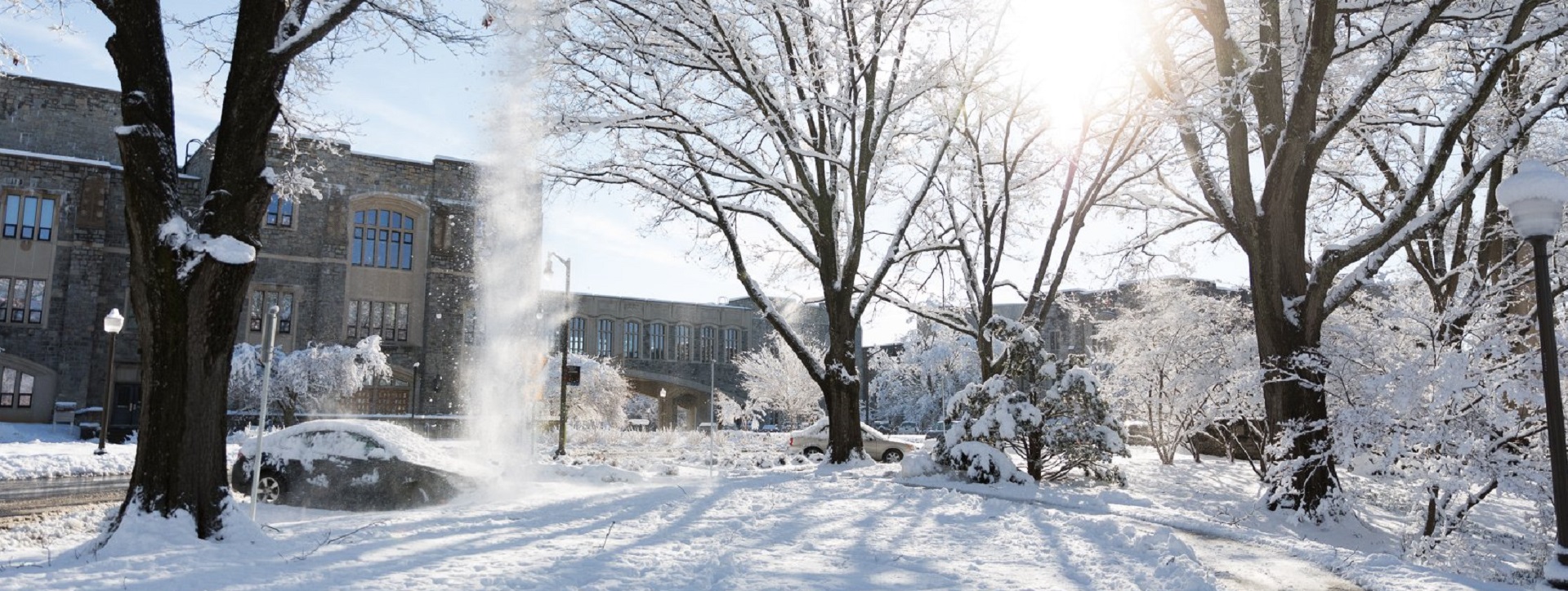
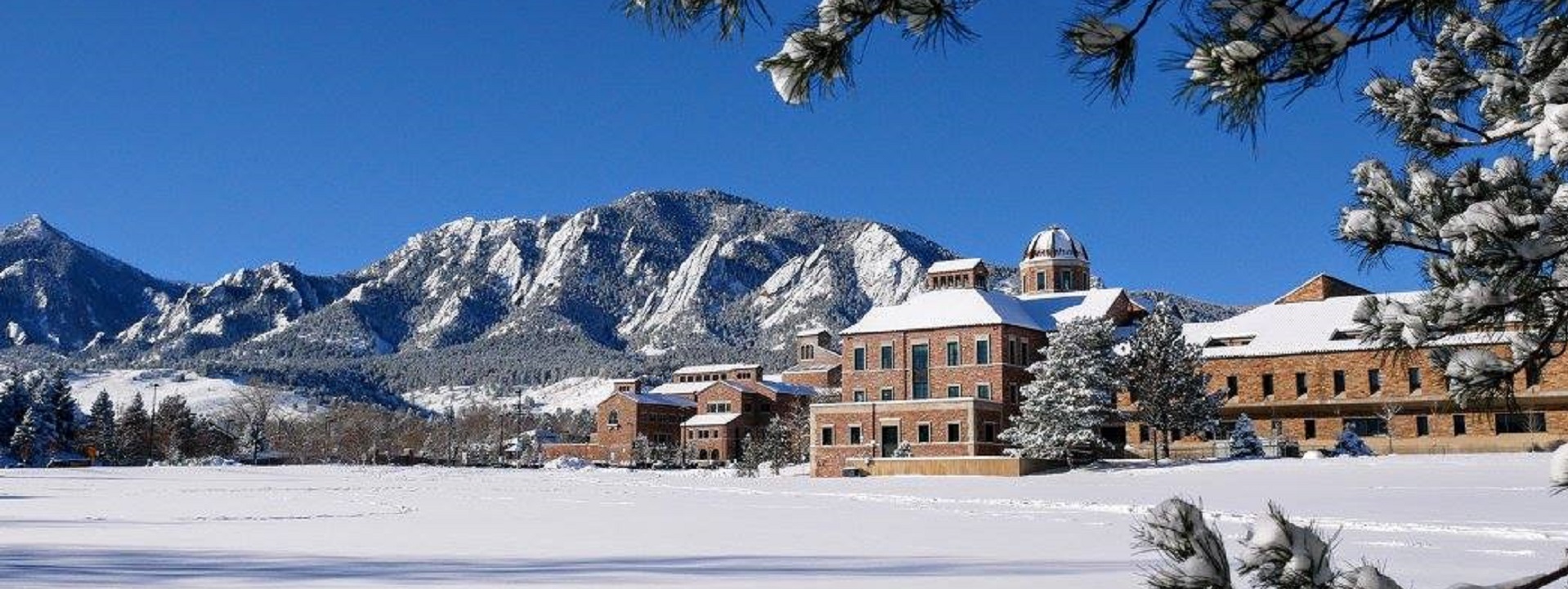
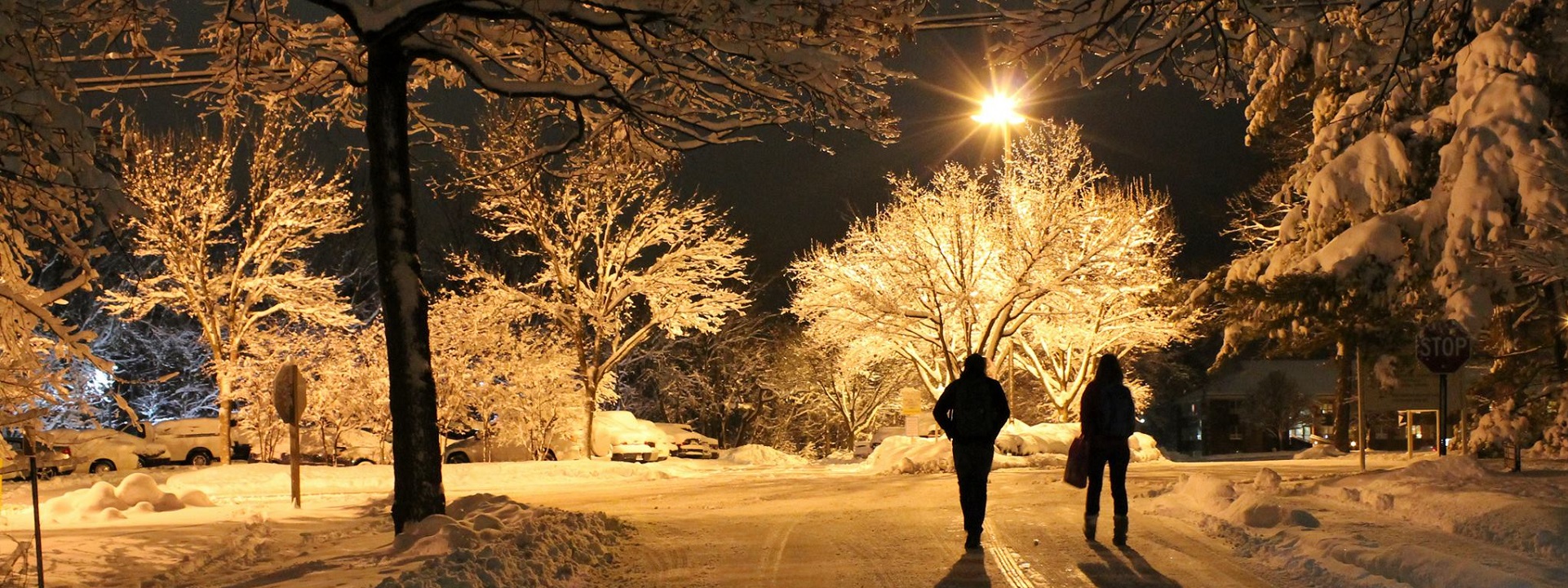
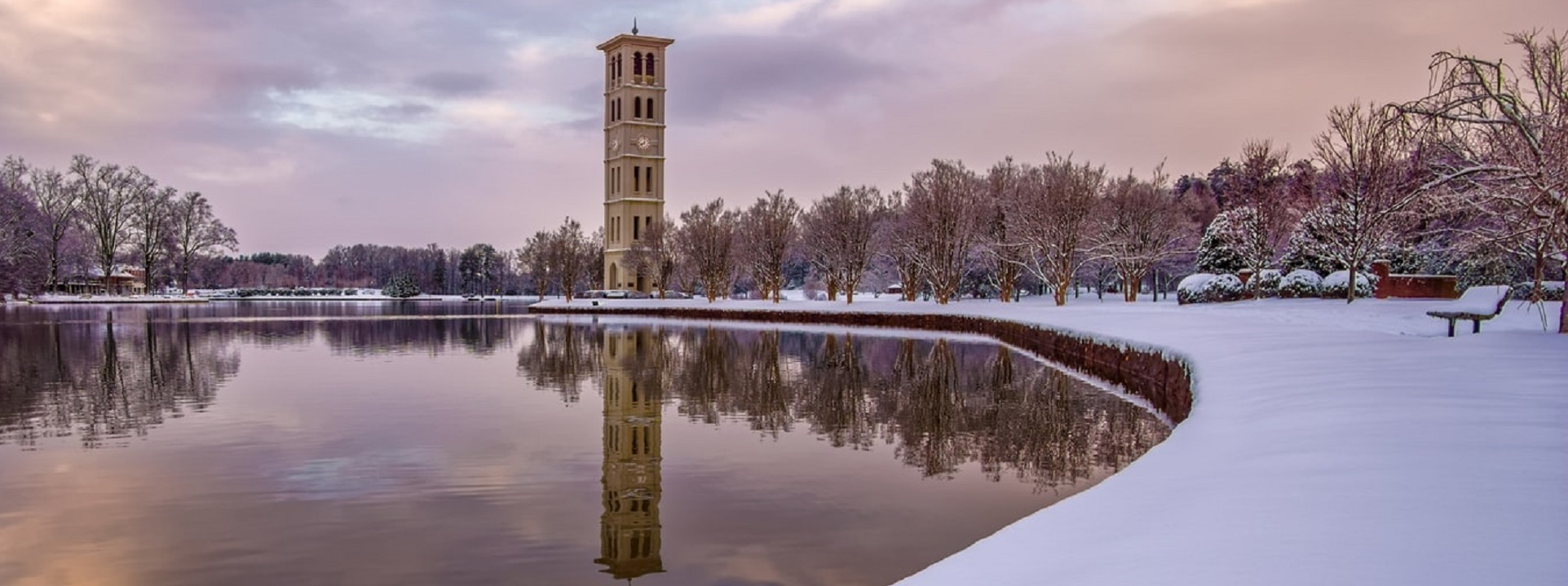
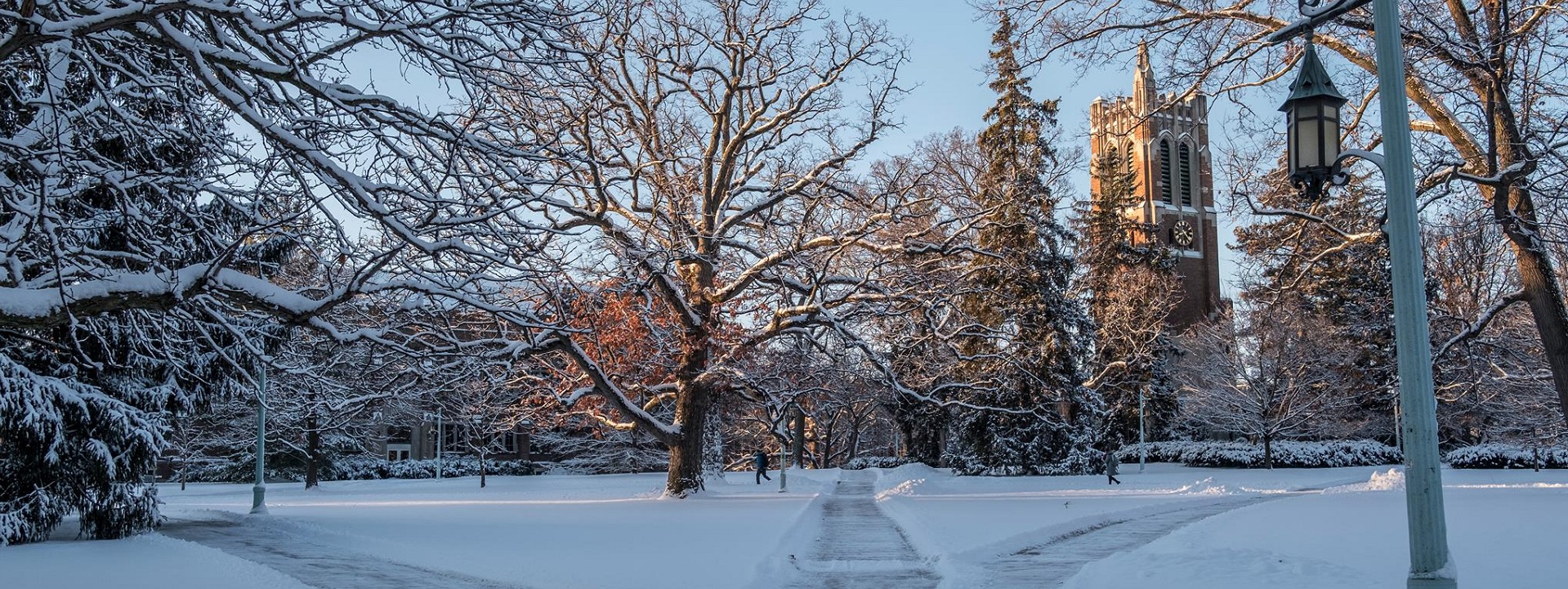
Because heat tracing is a cross-disciplinary technology we maintain it on the standing agenda of several colloquia: Power, Water, Bucolia, Snow & Ice and Mechanical See our CALENDAR for the next meeting; open to everyone. You may obtain an electronic copy of this standard from neis@necanet.org. Communicate directly with Aga Golriz, (301) 215-4549, Aga.golriz@necanet.org.
Participation by the public in reviewing other titles in the NEIS bibliography is welcomed and begins at the page linked below:
Issue: [19-24]
Category: Architectural, Electrical, Facility Management, Mechanical, Risk Management,
Colleagues: Eric Albert, Mike Anthony, Jack Janveja, Richard Robben, Larry Spielvogel
More
RESEARCHGATE: HEAT-TRACING OF PIPING SYSTEMS TYPES OF HEAT-TRACING SYSTEMS
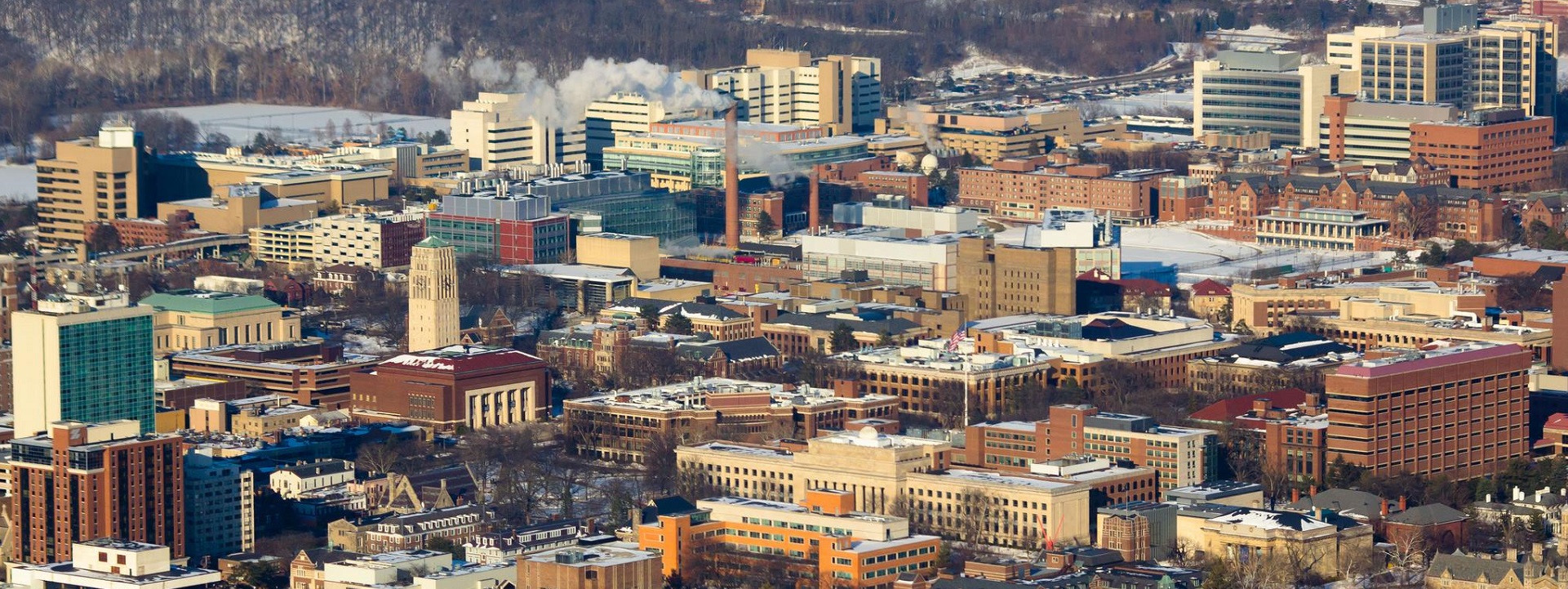
With some 36 million square feet under management — and one of the largest campuses in the United States exposed to extreme low temperatures — building industry professionals at the University of Michigan have some experience managing the competing requirements of safety and economy in heat tracing technology.
“What’s Going On”
“Others, again, shall hammer out bronze more delicately, and bring living faces from marble;
plead causes better; measure the movement of the heavens with a wand, and name the rising stars:
Remember, Roman, these will be your arts, to impose the ways of peace, to spare the defeated,
and to crush the proud” — Virgil (Aeneid, VI.847-853).
Marvin Gaye wrote “What’s Going On” while he was at Motown, although the song initially faced resistance from Berry Gordy and other label executives. Motown had been known for producing mostly love songs and upbeat pop hits, and Gaye’s introspective and socially conscious lyrics were considered risky for the label’s commercial success. The song became an instant hit, and it went on to become one of Gaye’s most famous and enduring works.
Mother, mother
There’s too many of you crying
Brother, brother, brother
There’s far too many of you dying
You know we’ve got to find a way
To bring some lovin’ here today, yea
Father, father
We don’t need to escalate
You see, war is not the answer
For only love can conquer hate
You know we’ve got to find a way
To bring some lovin’ here today
Picket lines and picket signs
Don’t punish me with brutality
Talk to me, so you can see
Oh, what’s going on
What’s going on
Ya, what’s going on
Ah, what’s going on
In the mean time
Right on, baby
Right on
Right on
Father, father, everybody thinks we’re wrong
Oh, but who are they to judge us
Simply because our hair is long
Oh, you know we’ve got to find a way
To bring some understanding here today
Oh
Picket lines and picket signs
Don’t punish me with brutality
Talk to me
So you can see
What’s going on
Ya, what’s going on
Tell me what’s going on
I’ll tell you what’s going on – Uh
Right on baby
Right on baby
February in Academia
This content is accessible to paid subscribers. To view it please enter your password below or send mike@standardsmichigan.com a request for subscription details.
Snow Management
This time of year in the Northern Hemisphere we keep an eye on snow management standards; among them titles developed by the Accredited Snow Contractors Association. The barriers to entry into this domain are relatively low and, arguably undisciplined; hence the need for standards setting. Even when only partially adopted, use of ANSI accredited standards reduces the “wheel reinvention” that is common to the business side of the education industry when new initiatives, or continuous improvement programs are undertaken without consideration of already existing leading practice discovery by ANSI-accredited technical committees. Start here:
The parent title for the emergent ASCA bibliography is System Requirements for Snow and Ice Management Services; free to ASCA members. The current version is dated 2014 and will likely be updated and/or re-affirmed. The circumstances of the pandemic has slowed the work of many standards setting committees. The safety and sustainability concepts remain intact, however. Among them:
- If snow can be removed from a lot or hard surface and appropriate room exists, always push the snow as far back as possible beyond the curb or lot edge to make room for additional snow.
- If snow cannot be removed from a lot or hard surface, always place snow piles on a predetermined spot approved by the client and marked on the snow contractor’s preseason site report.
- Do not pile snow in a handicap parking space.
- Do not bury or plow snow onto a fire hydrant, post indicator valve, or fire hookup along the building wall.
- Avoid placement of snow piles where thaw/melt off can run across the parking lot surface. Try to place piles near drain grates to avoid icy situations during thaw-and-refreeze periods.
- Do not push snow against a building.
- Do not block building doorways or emergency exits.
- Do not block pedestrian walks or paths with snow piles.
- Do not push snow onto motor vehicles.
- Do not plow snow in front of or bury trash containers. Sidewalk labor must shovel inside trash container enclosure for access to the doors. If the container is not in an enclosure, create a clear path to the access doors or panels.
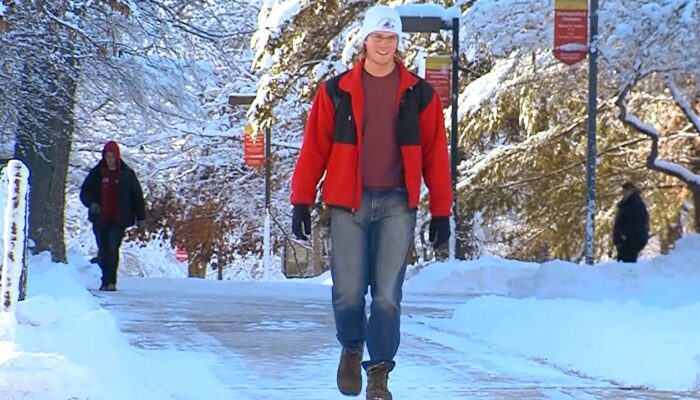
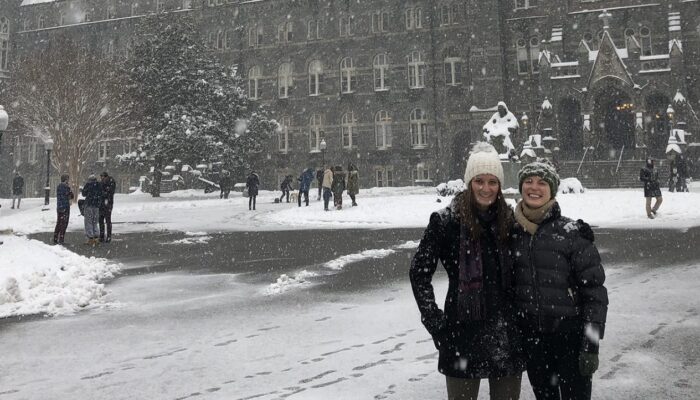
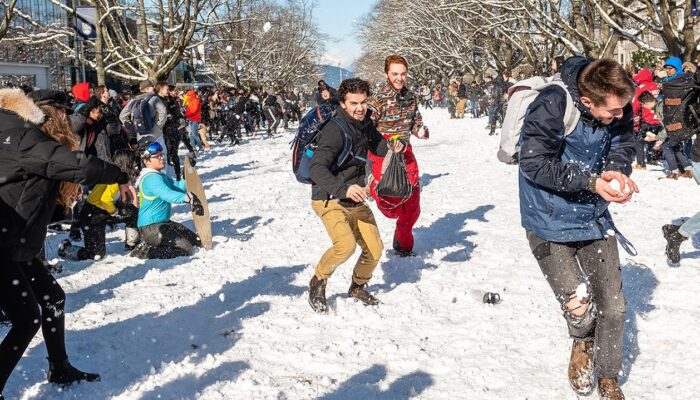
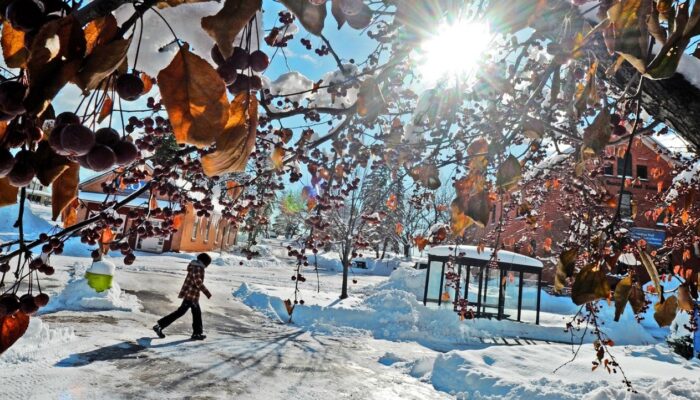
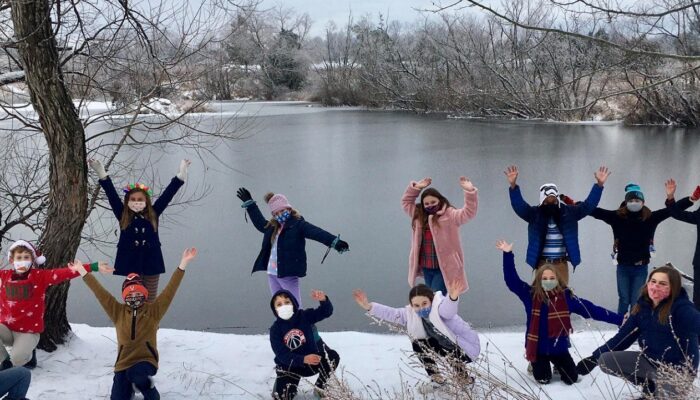
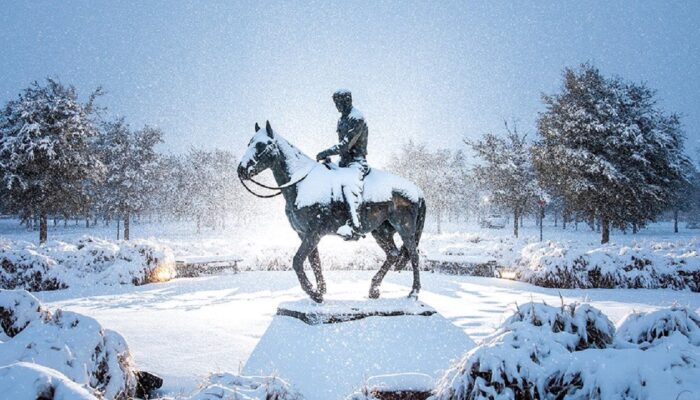
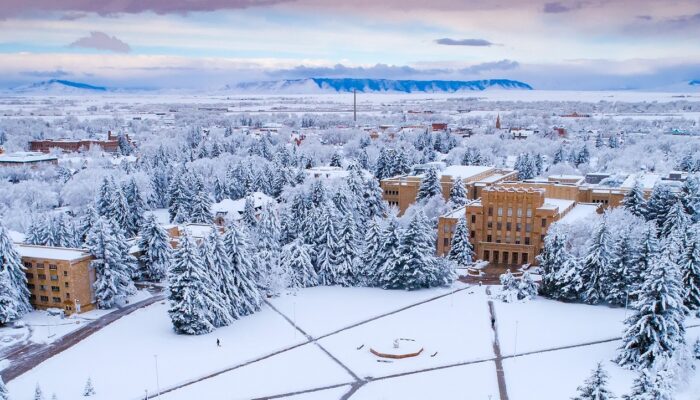
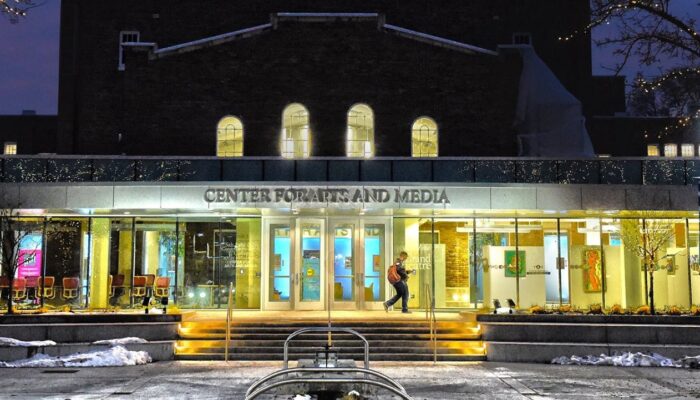
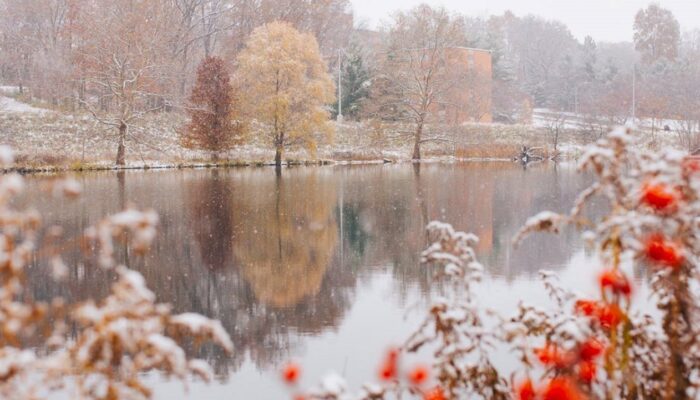
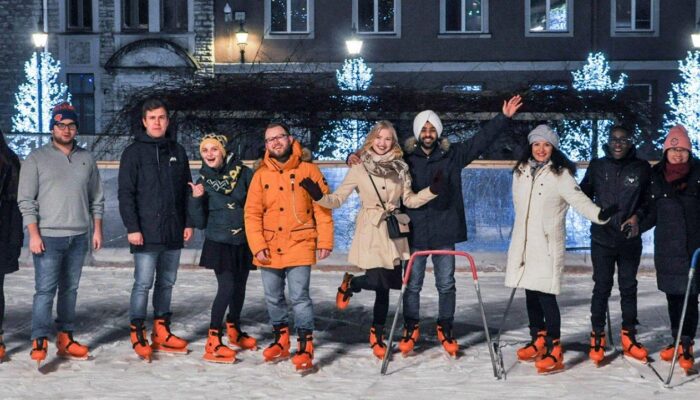
ASCA has more recently released another title — Standard Practice for Procuring and Planning Snow & Ice Management Services — that seems (by its title alone) to be a companion consensus product. From its prospectus:
This standard of practice covers essential procuring and planning for snow and ice management services. Standards for procuring and planning are essential for business continuity and to improve safety for patrons, tenants, employees, and others in the general public. Knowing how to describe service requirements in a snow and ice management request for proposal (RFP) is an important component to providing effective services, particularly where winter weather is a variable. This standard practice provides guidance on the snow and ice management procurement and planning process to aid in the creation of RFPs, contracts, agreements, and monitoring procedures. This standard will not be submitted for consideration as an ISO, IEC, or ISO/IEC JTC-1 standard.
Apart from these titles, we do not see any recent happening in the ASCA standards setting enterprise. We will pass information along as it becomes available. Alternatively, you may communicate directly with ASCA, 5811 Canal Road Valley View, OH 44125, Ph: (800) 456-0707. Most education communities employ a combination of permanent and contract staff for these services.
We maintain the ASCA bibliography on our Snow & Ice colloquia See our CALENDAR for the next online meeting; open to everyone.
Issue: [13-104]
Category: Grounds and Landscaping, Exterior, Public Safety, Risk Management
Colleagues: John Lawter, Richard Robben
More>>
Winter Week 9 | February 24 – March 2
Monday | February 24 | Colloquium 16:00 UTC
Tuesday |February 25 | Colloquium 16:00 UTC
Wednesday | February 26 | Colloquium 16:00 UTC
Thursday | February 27 | Colloquium 16:00 UTC
Friday | February 28 | Colloquium 16:00 UTC
Saturday | March 1
Sunday | March 2
Slavery
This content is accessible to paid subscribers. To view it please enter your password below or send mike@standardsmichigan.com a request for subscription details.
New update alert! The 2022 update to the Trademark Assignment Dataset is now available online. Find 1.29 million trademark assignments, involving 2.28 million unique trademark properties issued by the USPTO between March 1952 and January 2023: https://t.co/njrDAbSpwB pic.twitter.com/GkAXrHoQ9T
— USPTO (@uspto) July 13, 2023
Standards Michigan Group, LLC
2723 South State Street | Suite 150
Ann Arbor, MI 48104 USA
888-746-3670








